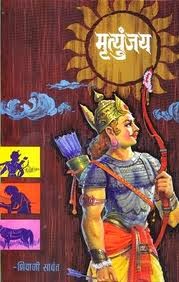Tripunithura Hill Palace
 |
| The Palace By The Road: Tripunithura Hill Palace |
 |
| The nrityathi with the lamp |
It is only natural that one would hope that this museum should have a wide collection because it is the largest archaeological museum in Kerala. It surely does not disappoint. The Hill Palace consists of various exhibits. The most prominent ones among them are murals and paintings, sculptures, jewellery, inscriptions, carvings, old coins and rare manuscripts. Some of these rare manuscripts are written on coconut leaves and bhurja barks. There are nearly 200 antique pieces of pottery and ceramic vases which the museum houses. Many of these ceramic vases have been sourced from Japan and China. With rare stones such as the kudakallu (tombstones) and a thoppikallu (hood stones) along with granite and laterite memorials, the museum has a fine collection.
In the weapons gallery, there are some exquisite wooden models of temples and fine rock-cut weapons, some of which date back to the early Stone Age. The jewellery section also houses a golden crown that weighs around 1.75 kg. This crown was presented to the Maharaja of Cochin by the King of Portugal in recognition for the flourishing trade of spices. A quick scan in this room will also highlight that there are many such similar crowns which the Royal Family received, in different times, but many of them were not worn, presumably because the family advocated simple living.
It also features exhibitions that are sourced from the Archaeological Department and the Royal Family of Travancore. It includes a simhasana (throne) and oil paintings. These wings also house palanquins which were used by members of the royal family. A small temple is situated behind the palace. It is also home to a deer park and also has a life-sized replica of a dinosaur and facilities for horse riding. In neatly landscaped terrace gardens, one can find numerous species of plants, including some rare medicinal plants which are grown here by the Botany Department.
 |
| The Tripunithura Hill Palace |
 |
| The Centre for Heritage Studies, Tripunithura |


Comments